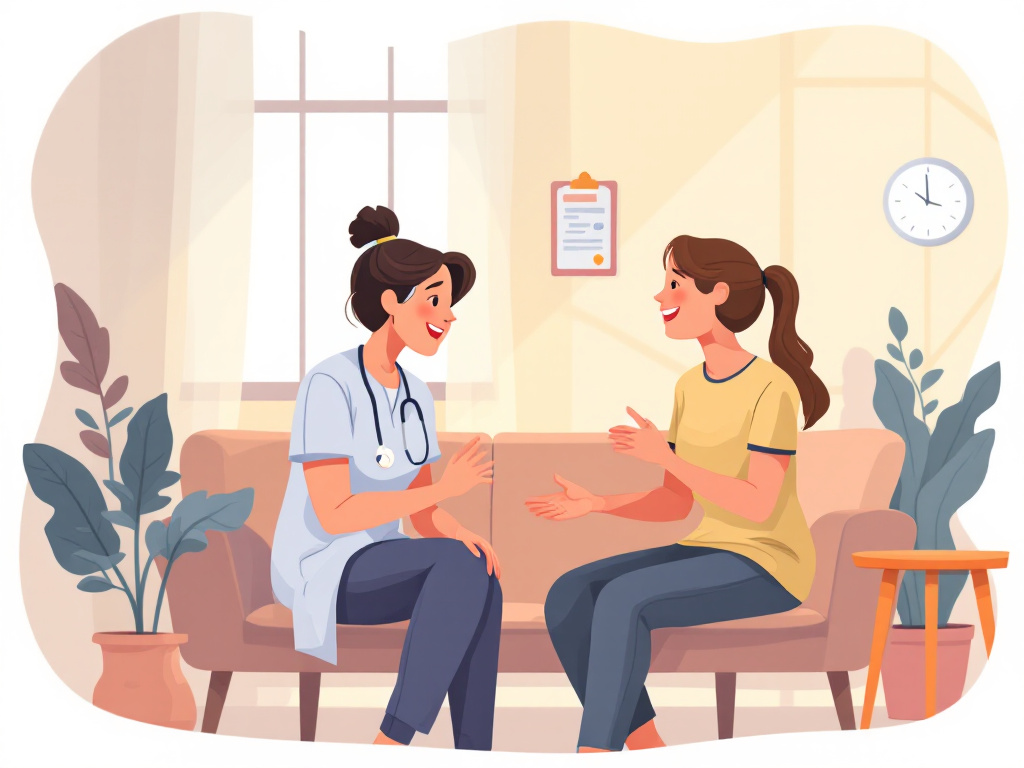In your journey from residential or intensive outpatient treatment back to daily life, you need step-down care and aftercare for adults to bridge the gap and reduce relapse risk. Step-down care and aftercare for adults provides a structured, lower-intensity continuum of support that helps you sustain the gains made during formal treatment. Whether you’re transitioning to outpatient therapy that accepts insurance or seeking peer and alumni mental health programs, these services adapt as your needs evolve.
Understand step-down care
Definition and purpose
Step-down care refers to a gradual reduction in treatment intensity as you move from high-support settings—like residential inpatient or partial hospitalization programs—to a less structured environment. It prevents abrupt changes that can leave you feeling overwhelmed and vulnerable. In mental health recovery, step-down care helps you practice coping skills and adjust to daily responsibilities while still having professional support available [1].
Continuum of care levels
The American Society of Addiction Medicine (ASAM) outlines a continuum of care levels that guide treatment transitions:
| Level | Setting | Hours per week |
|---|---|---|
| 1 | Outpatient treatment | 9 hours or less |
| 2 | Intensive outpatient (IOP) | 9 hours or more |
| 3 | Residential or inpatient programs | 24/7 care |
| 4 | Medically managed inpatient | 24/7 high-acuity |
As you progress, you may step down from Level 3 or 4 into Level 2, then Level 1, giving your skills and confidence room to grow.
Benefits of step-down care
- Provides a safety net as you re-enter everyday life
- Allows you to test coping strategies in real-world situations
- Reduces shock from transitioning out of structured environments
- Helps monitor early warning signs of relapse
By pacing your return to independence, step-down care minimizes the risk of setbacks and keeps you accountable to your recovery goals.
Explore aftercare options
Outpatient therapy and counseling
Aftercare, also known as continuing care, is a lower-intensity treatment phase following residential or intensive outpatient programs aimed at solidifying gains and preventing relapse in adults recovering from substance use disorders [2]. You can engage in:
- Individual therapy sessions for personalized relapse prevention
- Group counseling to share experiences and strengthen support
- Specialized programs such as an outpatient program for emotional regulation
These services typically meet several times a week or on a weekly basis, depending on your progress and needs.
Sober living homes
Sober living homes offer drug- and alcohol-free residences that reinforce abstinence, recovery work, and involvement in 12-Step or other support meetings. Research shows that residents in sober living environments achieve better sustained recovery outcomes [2]. Living among peers who share your commitment to sobriety builds accountability and community.
Support groups and alumni networks
Peer-led groups and alumni programs can become an ongoing resource. Many aftercare plans include:
- Free online recovery support groups and WhatsApp forums [3]
- Weekly talks for family members to learn how to support you
- Dedicated alumni mental health support program sessions
Connecting with those who have walked a similar path reinforces your motivation and offers fresh perspectives on maintaining wellness.
Aftercare option comparison
| Aftercare option | Description | Frequency |
|---|---|---|
| Outpatient therapy | Counseling, relapse prevention | 1–5 times per week |
| Sober living homes | Structured, substance-free housing | Continuous |
| Recovery support groups | Peer-led meetings | Weekly or more |
| Family support programs | Education and counseling for loved ones | Monthly or as needed |
Compare treatment intensities
Intensive outpatient versus standard outpatient
Intensive outpatient programs (IOP) typically involve 9 or more hours of therapy per week, focusing on coping skill development, relapse prevention, and group support. Standard outpatient care usually offers up to 9 hours weekly, emphasizing individual counseling and life-skills training. As you progress, stepping down from IOP to standard outpatient care helps you balance treatment with work, school, or family responsibilities.
Medication management and co-occurring care
If you have co-occurring mental health conditions, more intensive outpatient levels (Level 2) may include medication management and coordinated care with a psychiatrist. Less intensive levels (Level 1) continue medication oversight on a less frequent basis, ensuring you maintain stability while handling daily routines.
ASAM continuum table
Refer to the ASAM levels in the previous section to understand how each step aligns with your recovery stage and support requirements.
Plan your aftercare journey
Individualized planning
Your aftercare plan should address:
- Housing and sober living needs
- Employment or educational goals
- Medical conditions and medication management
- Type of addiction and co-occurring disorders
Counselors, case workers, and medical staff collaborate to tailor your plan, ensuring a smoother adjustment back to everyday life [3].
Duration and flexibility
Most programs recommend at least one year of active aftercare engagement. As your recovery needs evolve, you can adjust the intensity of services—stepping up if you face setbacks or stepping down as you gain confidence.
Family and caregiver involvement
Including family members or other close support figures enhances accountability and understanding. Many aftercare plans incorporate family education sessions, helping your loved ones recognize triggers and respond constructively.
Coordinate with providers
Working with therapists and case managers
Regular check-ins with a therapist or case manager keep your plan on track. They help you troubleshoot challenges, modify strategies, and ensure you’re accessing appropriate services, such as continued therapy after residential treatment.
Navigating insurance coverage
Understanding your insurance benefits is critical. Most outpatient and aftercare services are covered under behavioral health insurance. Confirm coverage for:
- Individual and group therapy
- Medication management
- Sober living support
Your provider’s billing department and case manager can guide you to outpatient counseling for depression and anxiety or ongoing psychiatric care and therapy support options within your network.
Prevent relapse effectively
Relapse prevention strategies
Develop a toolbox of coping skills:
- Identify and avoid high-risk situations
- Practice mindfulness and stress reduction
- Establish clear daily routines
Structured plans help you respond quickly to cravings or mood shifts, reducing the likelihood of relapse.
Build healthy habits
Incorporate exercise, balanced nutrition, and adequate sleep to support your mental health. Healthy habits strengthen resilience and create a stable foundation for recovery.
Therapy for sustained prevention
Ongoing counseling—such as aftercare therapy for long-term recovery and therapy for sustained recovery and relapse prevention—reinforces coping techniques and offers a confidential space to process challenges as they arise.
Access ongoing support
Alumni and peer programs
Staying connected to an alumni mental health support program or community of peers ensures you always have someone to turn to when faced with tough decisions. Shared experiences foster empathy and collective problem solving.
Psychiatric care and medication
If you’re prescribed psychiatric medication, regular follow-up with your prescriber or a therapy for adults maintaining mental wellness specialist helps optimize dosages and monitor side effects.
Wellness maintenance
Long-term recovery benefits from a holistic approach:
- Mind-body practices like yoga or meditation
- Creative therapies such as art or music
- Nutrition counseling and stress management workshops
These activities complement your clinical care and help you thrive in daily life.
Your recovery journey doesn’t end when you leave a formal program. By integrating step-down care and aftercare for adults, you set yourself up for sustained progress and fulfillment. Reach out to your treatment provider today to customize a continuing care plan that fits your life and supports your goals.











